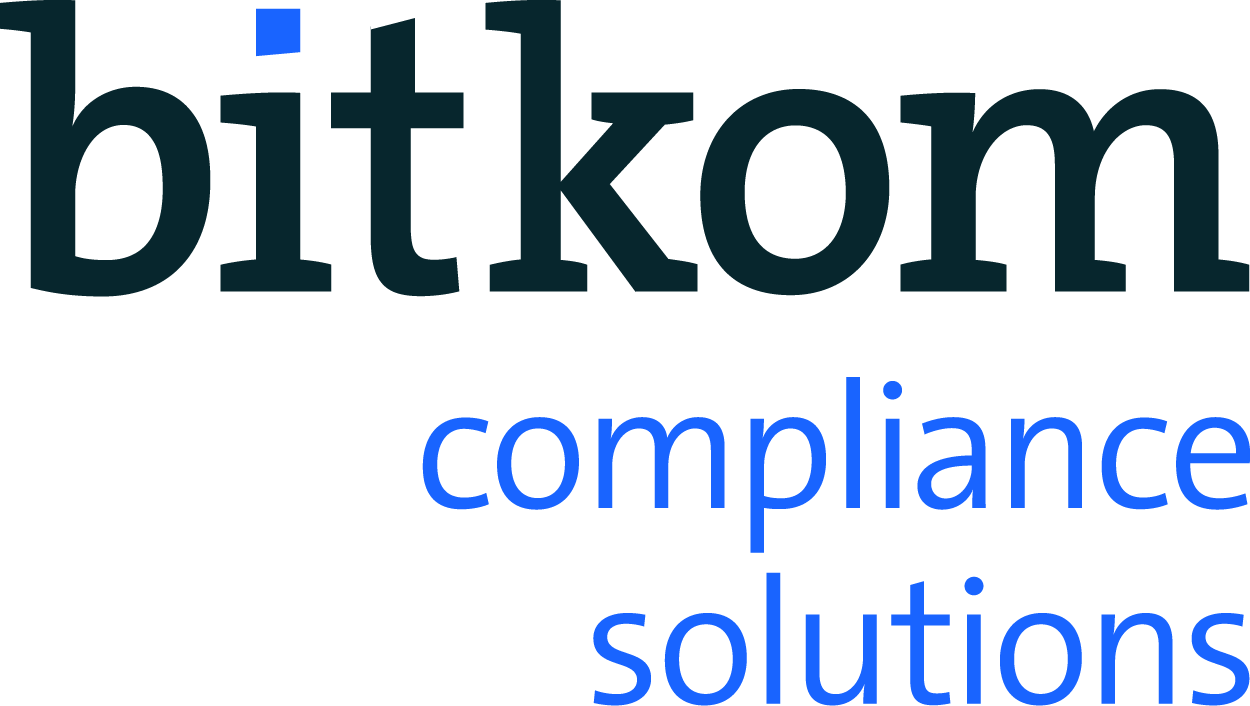
Service for electronic devices in Europe
Legal background: The European WEEE Directive (2012/19/EU)
The WEEE Directive (2012/19/EC, formerly 2002/96/EC) came into force in Europe on 13th August 2012. The EU member states were obliged to transpose it into national law. The revised version of 2012 replaced the previous Directive 2002/96/EC. The aim of the WEEE Directive is to prevent waste from electrical equipment, or to reduce such waste by reusing and recycling it. For this reason, the overriding goal is to increase the percentage of electrical appliances taken back in the end of their life in order to protect the environment. The law requires manufacturers, distributors or importers of electronic equipment to contribute to the cost of disposing of it (extended producer responsibility or responsibility for taking back and disposing of electrical appliances). For this purpose, each country has set up its own national register schemes. Before they start to sell their products, manufacturers are obliged to register there and apply for a WEEE number. Often, they also have to join a recognised compliance system. Since different countries have implemented the WEEE Directive in different ways, the registration process differs from country to country and companies need to take into account many specific features.

